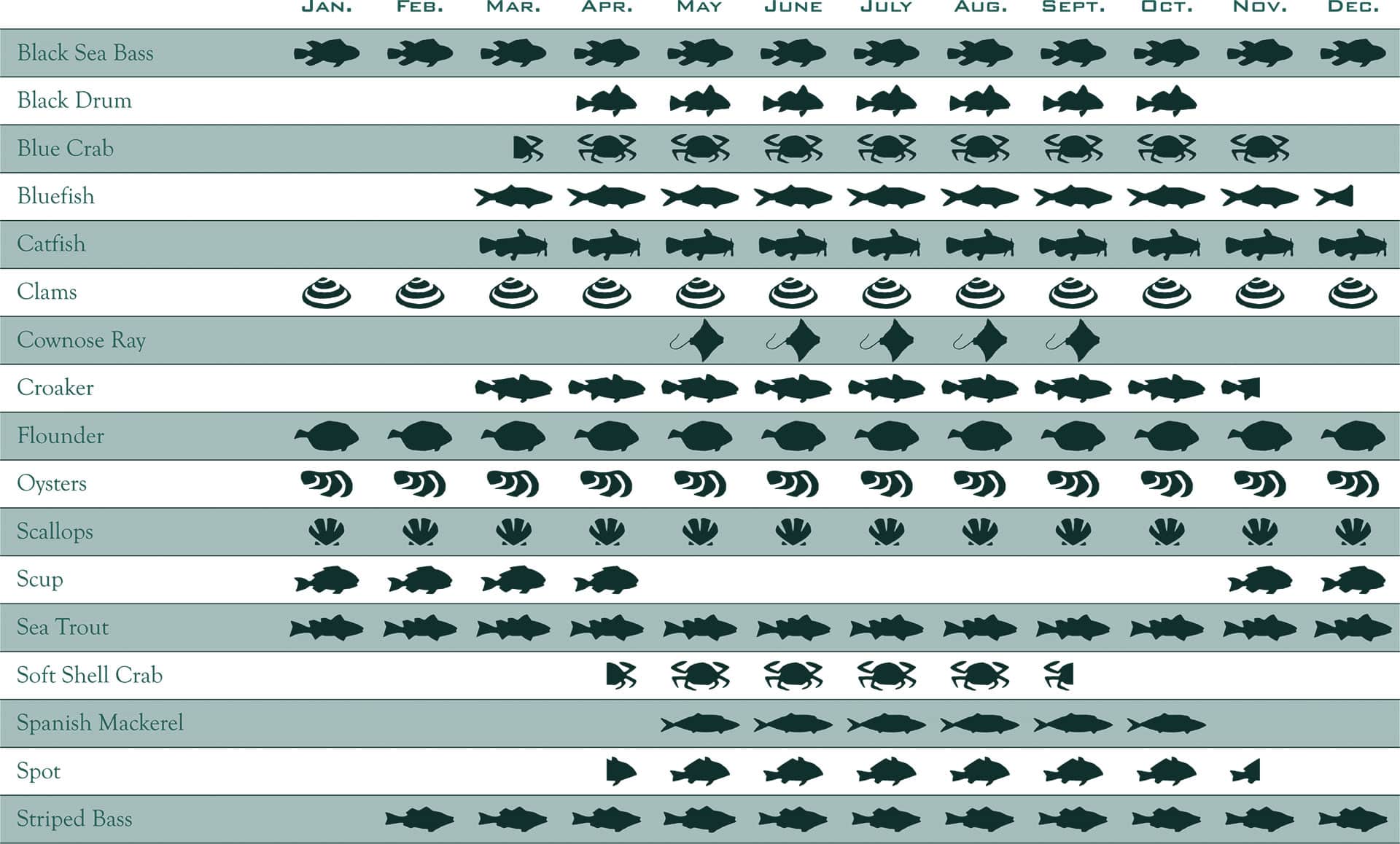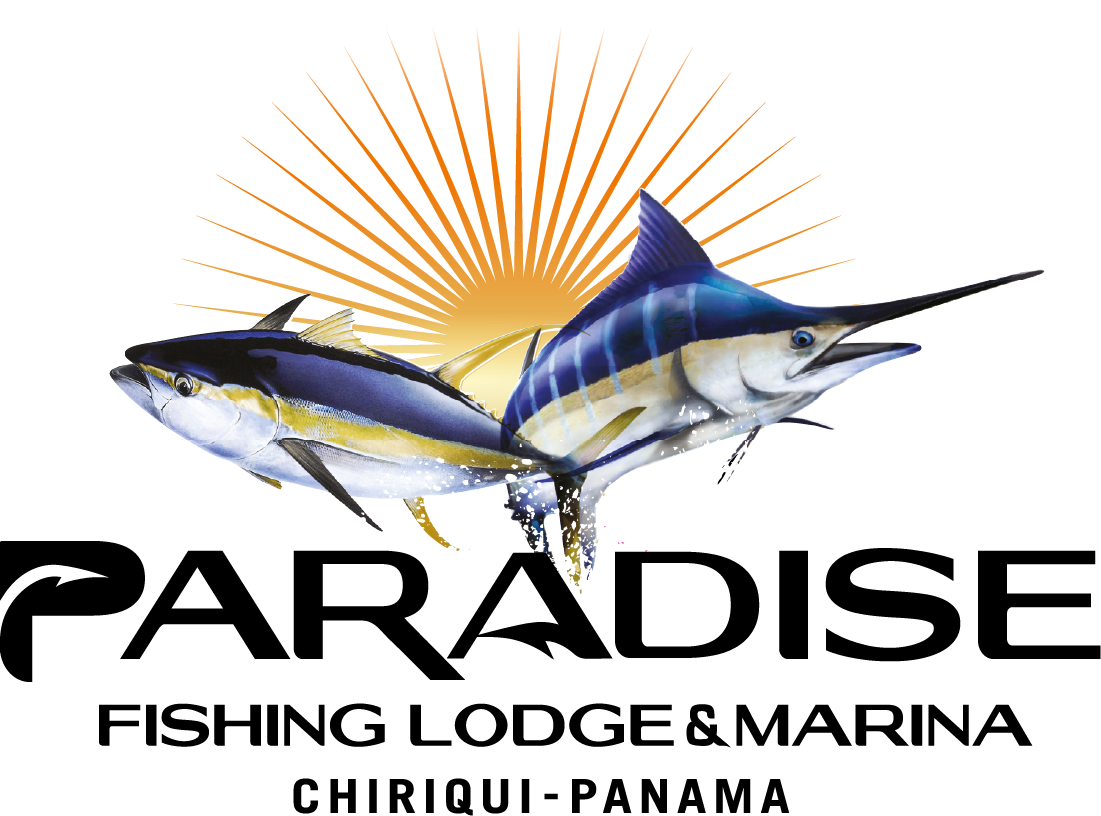Info Tips and FAQ’s
Below are some general tips, guidelines and hopefully useful information that may come in handy for your fishing trip in David, Panama. Whether you are here fishing for giant yellow fin tuna, looking to catch record black or blue marlin, or just here to take in the sights, sounds and smells of David Panama, we believe the information below can come in handy.
CURRENCY
As a tourist, you will have no difficulty with the currency “exchange” because there is none. Panama has adopted the U. S. dollar as their currency, though locals call the dollar a “Balboa” after the famous explorer. Credit cards are accepted at the finer hotels and restaurants in Panama City. Otherwise, it is best to carry a large supply of smaller denomination bills – nothing larger than $20’s. Bills of $50 and $100 can be hard to spend or exchange throughout the country!
LANGUAGE
English is considered Panama’s second language. In Panama City you can expect the people in the nicest hotels, bars and restaurants to speak English fluently. Once outside of the cities, you may find it helpful to have brushed up on your Spanish, as you are in Latin America.
WEATHER
Panama’s weather is tropical, with daytime temperatures averaging around 85° to 90° on the ocean, and only about five to 10 degrees cooler at night. December through April is the dry season, often with little or no rain. The other months of the year can be quite humid, with tropical rain showers in the afternoons, some of which can be quite strong, but usually of short duration. You would be EXTREMELY well served to bring a sun screen with a SPF rating of fifty ( 50 ) or higher. Preferably SPF: 70-80 – Also don’t forget the lip protectant!
SAFETY
The people of Panama are friendly and the crime rate is low. Panama City is a large metropolis, so just as you would in any big city, exercise caution. In the central banking and shopping district (where you will be staying), you can feel very safe. If you go out at night, just take one of the many friendly cabs. In David, you are generally safe day and night but as anywhere on the planet you should always exercise due diligence and caution when traveling in unfamiliar surroundings.
SEASON CHART
Below is a season chart to serve as a general guideline–timeline for in season species. Certainly every year is different and the weather on any given month/year will always be a factor, but this hopefully will help if you are looking for more opportune windows for a particular specie (s).

